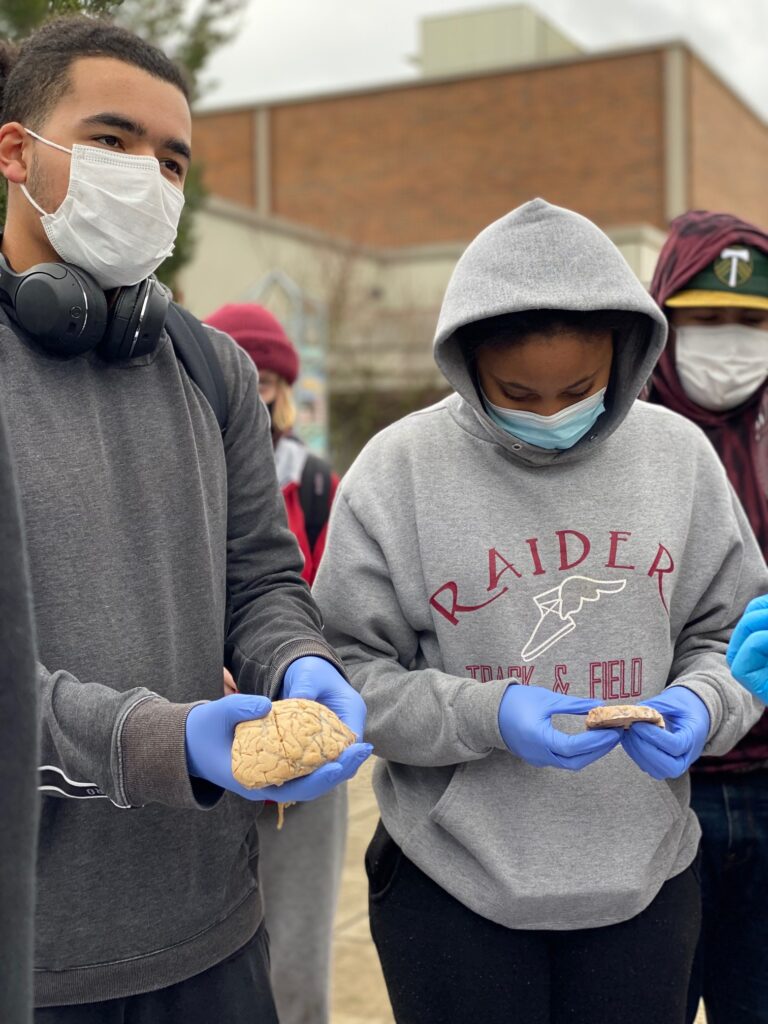Post by Austin Howard, MA, Radboud University. Austin was a member of the Portland State University Neuroscience Club and an enthusiastic Northwest Noggin volunteer!

LEARN MORE: From Hamlet to hemorrhaging
On the 12 of February three intrepid Noggineers assembled back in town, Gathertown. The occasion? The Hersenolympiade 2022 (Dutch for the ‘brain olympiade’ 2022).

READ POST IN DUTCH: Gathertown, Gathertown en ervaar het verhaal van de Nederlandse Noggin
Thanks to the continuing pandemic, this fun competition celebrating neuroscience-knowledge was online – and Noggin was invited to give talks during break-out sessions at a virtual booth on a sandy, virtual beach (instead of a drinks cooler, our avatars gathered around a pixelated brain-in-a-vat).
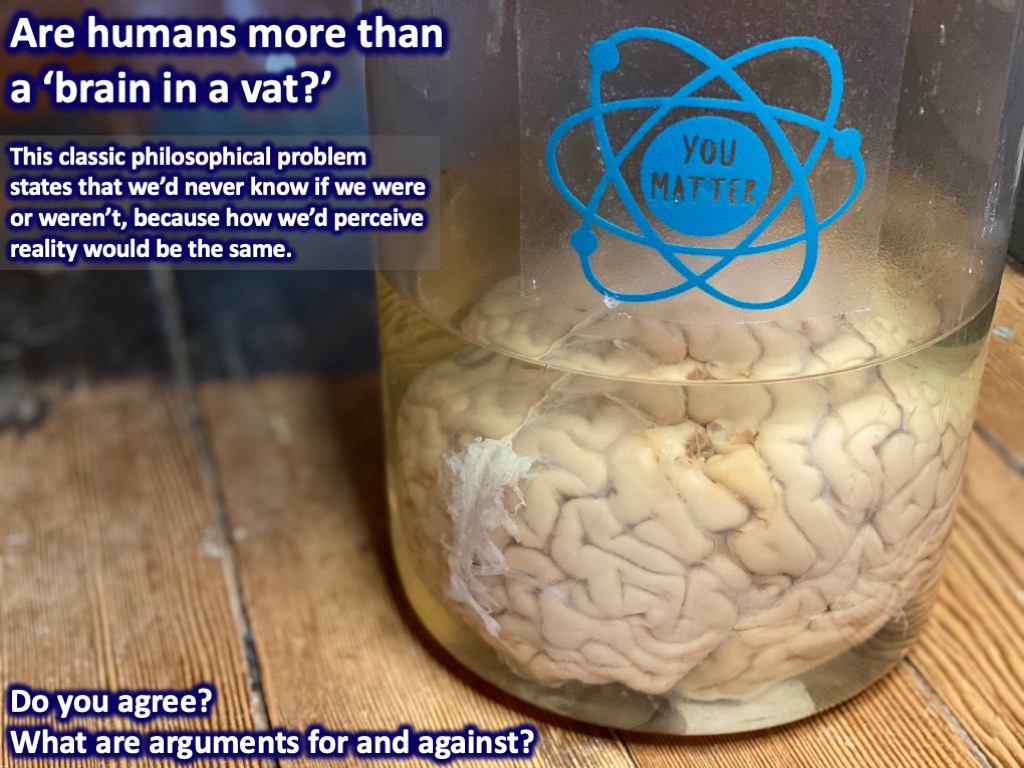
LEARN MORE: Does intelligence require a body?
LEARN MORE: Not only in the brain
The organizers of the olympiade kindly gave us a booth in order to do what Northwest Noggin does best: get people excited about their brains and art and how they enrich each other. Organizers and participants came and listened to our spiel about interdisciplinary neuroscience, who we are, how we started and what we continue to do.
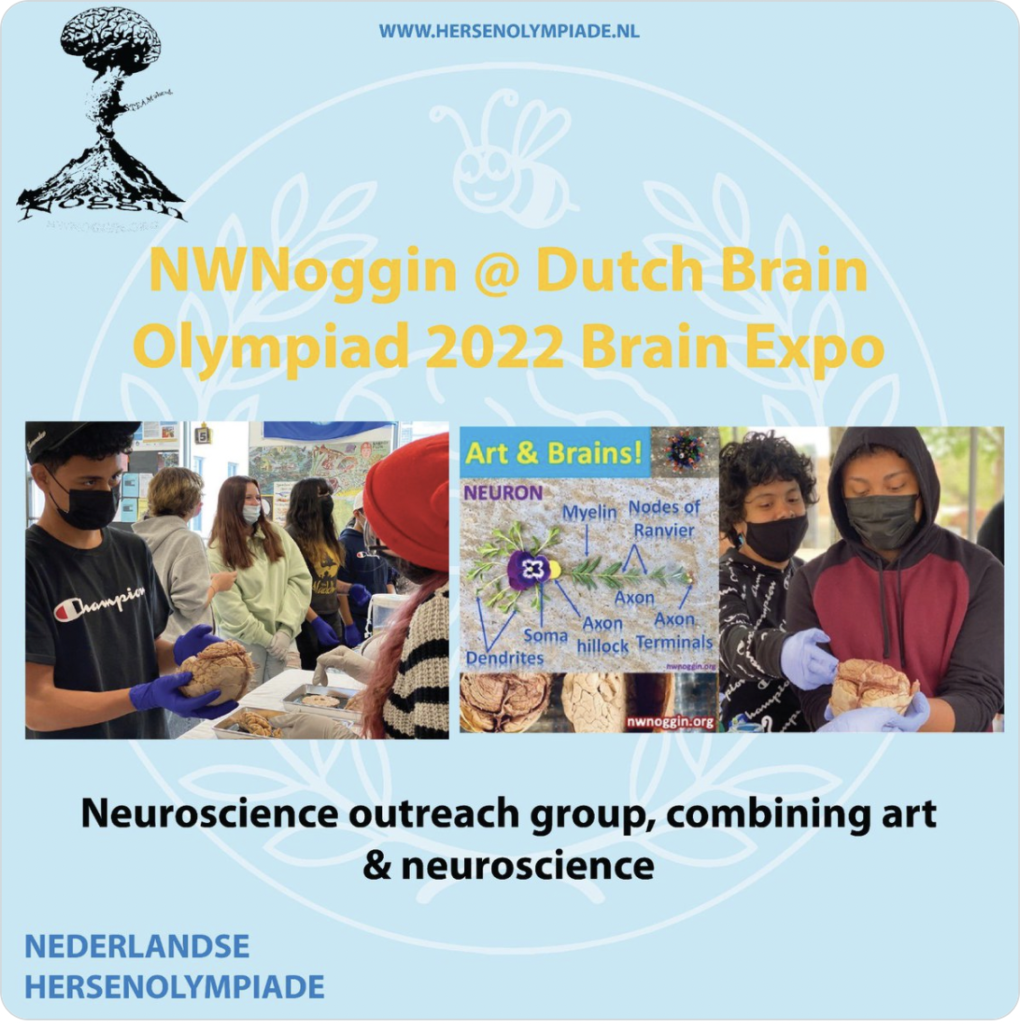
Questions were posed about how we manage to get people engaged, how kids from four to eighty-four lead the line of questioning and thereby co-create every ‘lesson’ we give. We all laughed and agreed: There is nothing like a sincere, honest and basic question to make you question what you know.

When you can answer those questions, you come out of that situation both having imparted something and having learnt something yourself. This win-win approach has defined Noggin since its beginning and was a feeling that those we spoke with recognized from their own experiences.
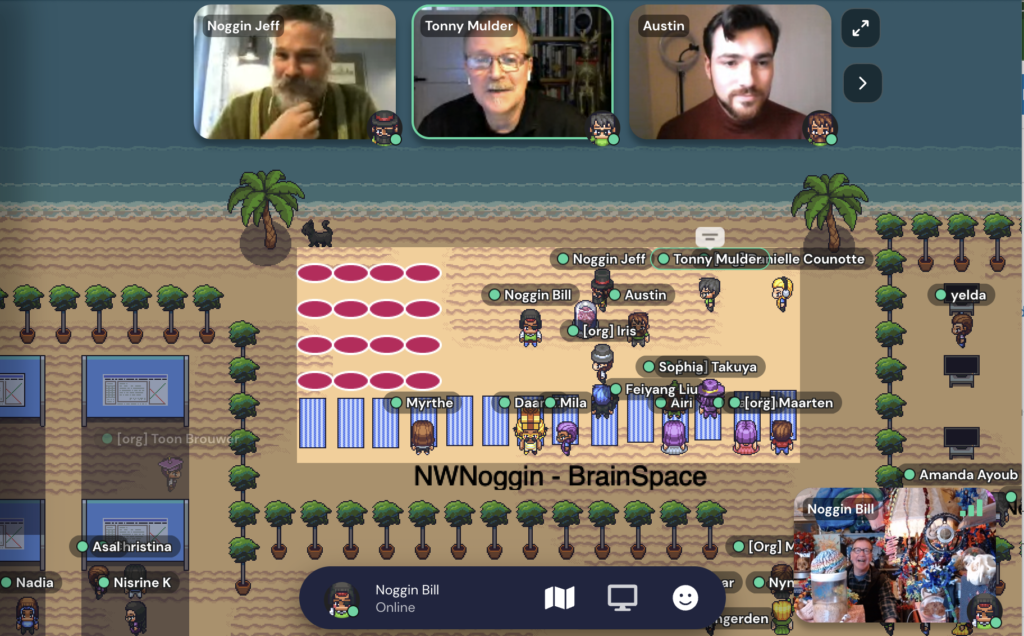
The Two Cultures
Of course, in the Netherlands as in many countries, art and science are often separated in various curricula. This unseemly fact does not stop good teachers everywhere from uniting the ‘two cultures’ of art and science, which have variously been one culture in the past and can be once again.
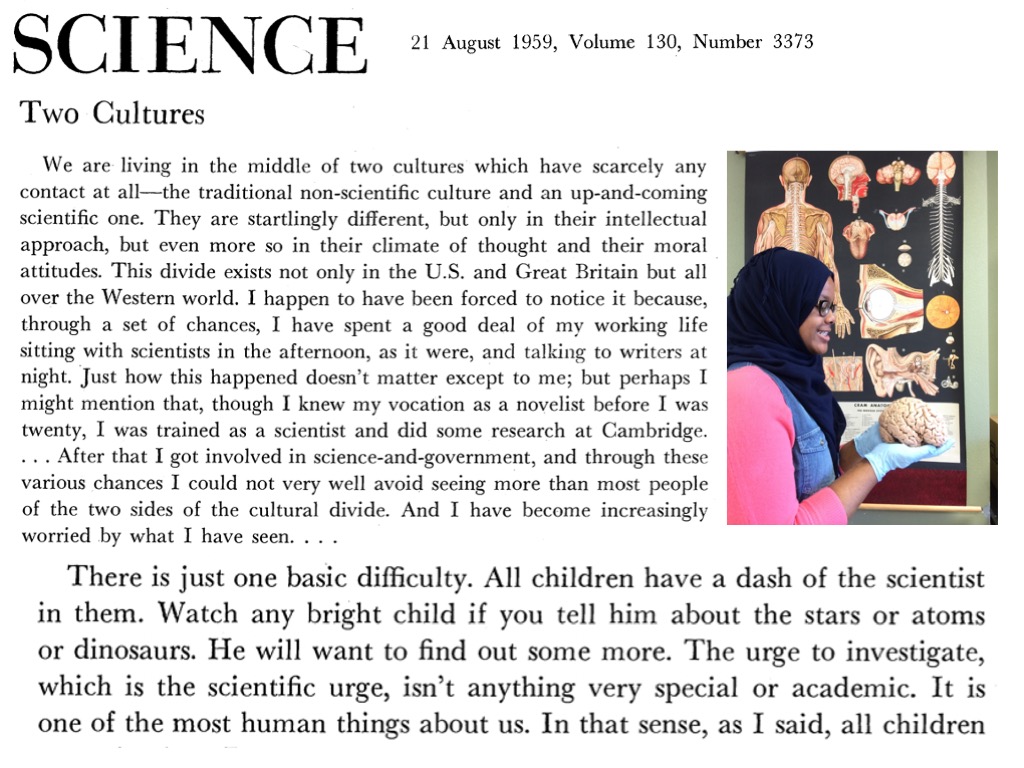
LEARN MORE: An Update on C. P. Snow’s “Two Cultures”
LEARN MORE: Differences in creativity across Art and STEM students: We are more alike than unalike
LEARN MORE: Transdisciplinarity: letting arts and science teach together
LEARN MORE: Art for Art’s Sake?
The Power of Art
One teacher told us he always had pupils make clay brain models.
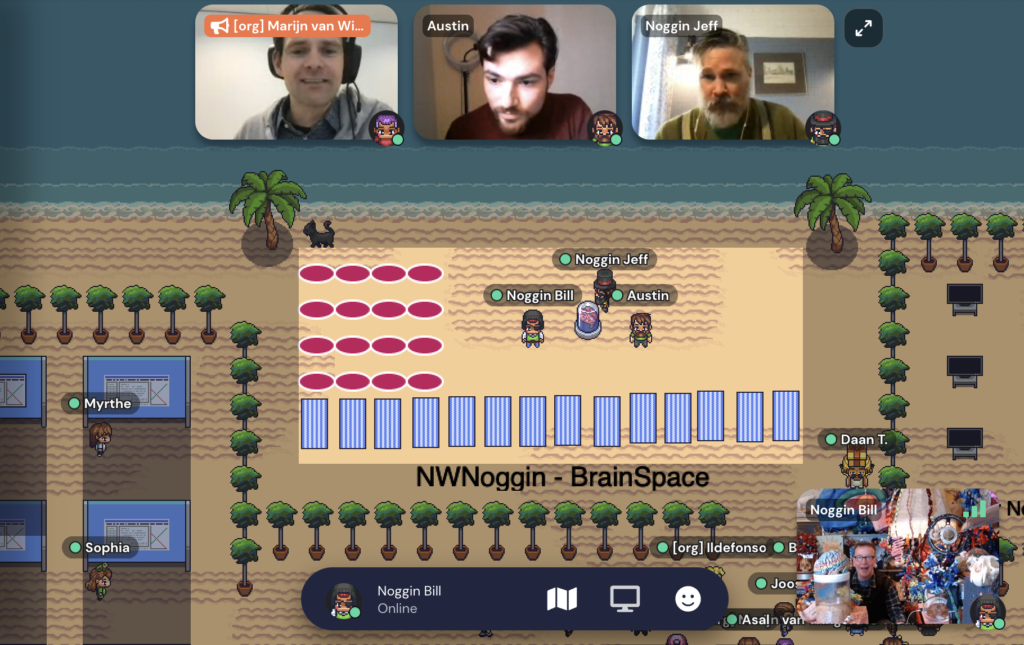
This is a fun and powerful choice, if the biography of a Nobel Prize winner is any evidence. Eric Kandel (Nobel Prize in Medicine or Physiology, 2000) told Scientific American “Nothing I ever did…provoked my understanding of the brain as much as building that model did.” The model was a simple clay brain he built in a second-year neuroanatomy course. Engaging, fun and effective – art and science in one.
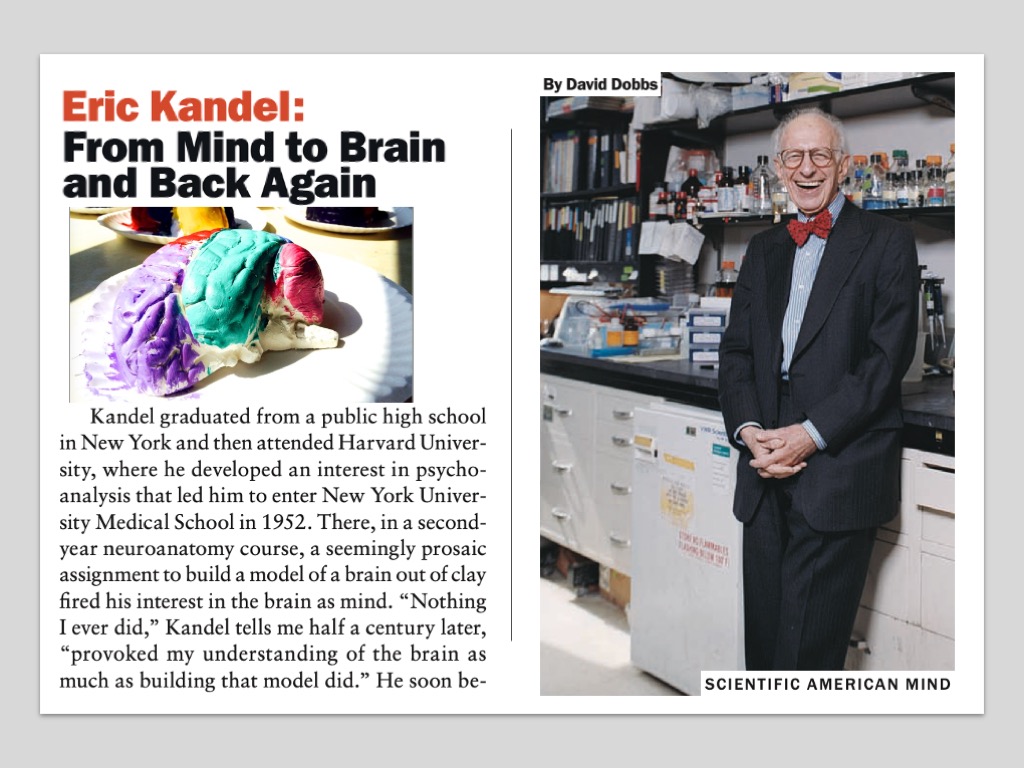
LEARN MORE: Eric Kandel: From Mind to Brain and Back Again
MAKE YOUR OWN: Northwest Noggin Neuroscience Art Projects
#showusyourbraincell
One of Noggin’s trademark activities is making brain cells out of pipe-cleaners in addition to making ‘found object’ art projects. In this spirit, I took a few minutes to make a ‘Dutch neuron’ for the occasion. What better way than to combine a few Dutch sweets which make perfect building blocks?
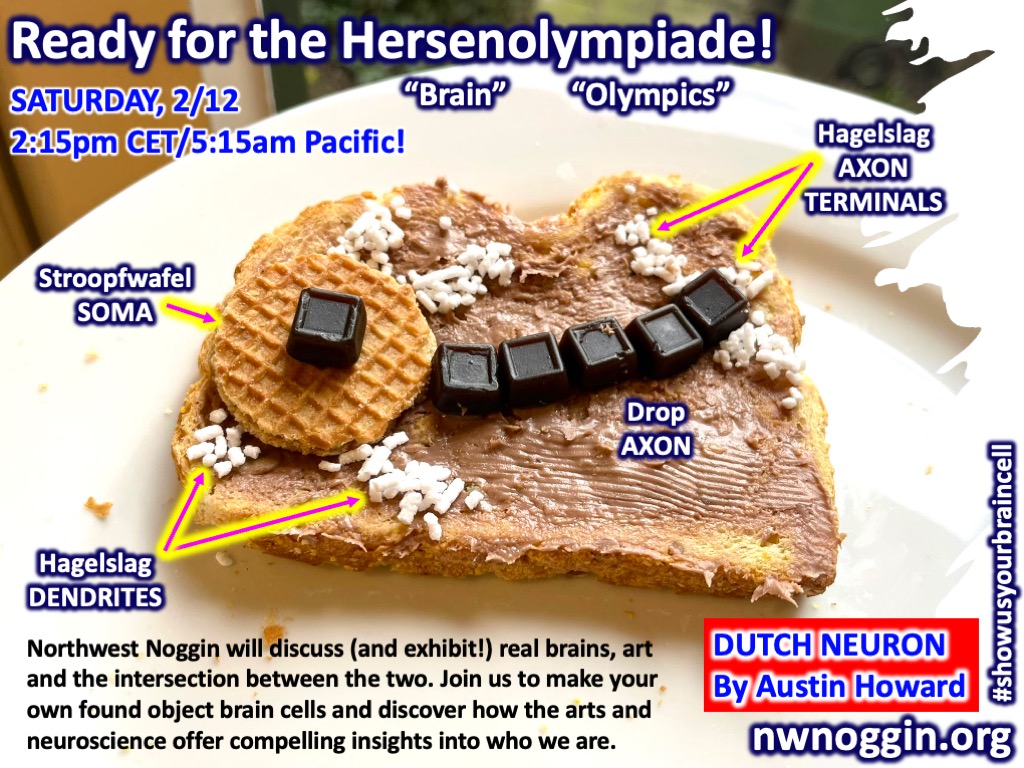
Cubes of licorice (drop) serve as the myelin sheaths over an axon, a mini stroopwafel (“syrup-waffle”) is the soma (or cell body), while the axon terminals and dendrites are made of sprinkles (known as hagelslag, or “hailstorm” in the Netherlands or muizenstrontjes, literally “mouse droppings (!),” in Belgium).
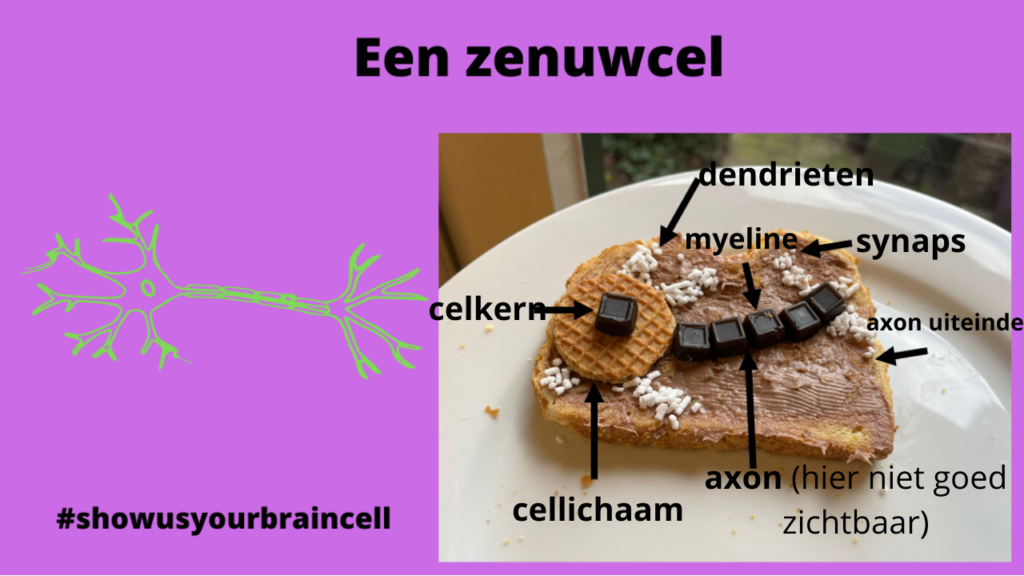
FUN FACT: The hagelslag I chose is white, anise-flavored and indeed resembles hail…though of course I could have used brown ones (if I’d had a whiter background) which really do resemble mouse droppings! I’m sure many of you could do a lot better, so please…. #showusyourbraincell (and we’ll share!).
LEARN MORE: Reconnecting Our Brains, One Cell at a Time
LEARN MORE: Make your own “found object brain cell!
LEARN MORE: Make your own pipe cleaner neuron!
LEARN MORE: Action and Potential!
Next steps
Who knows, maybe a Netherlandic Noggin will spring up!
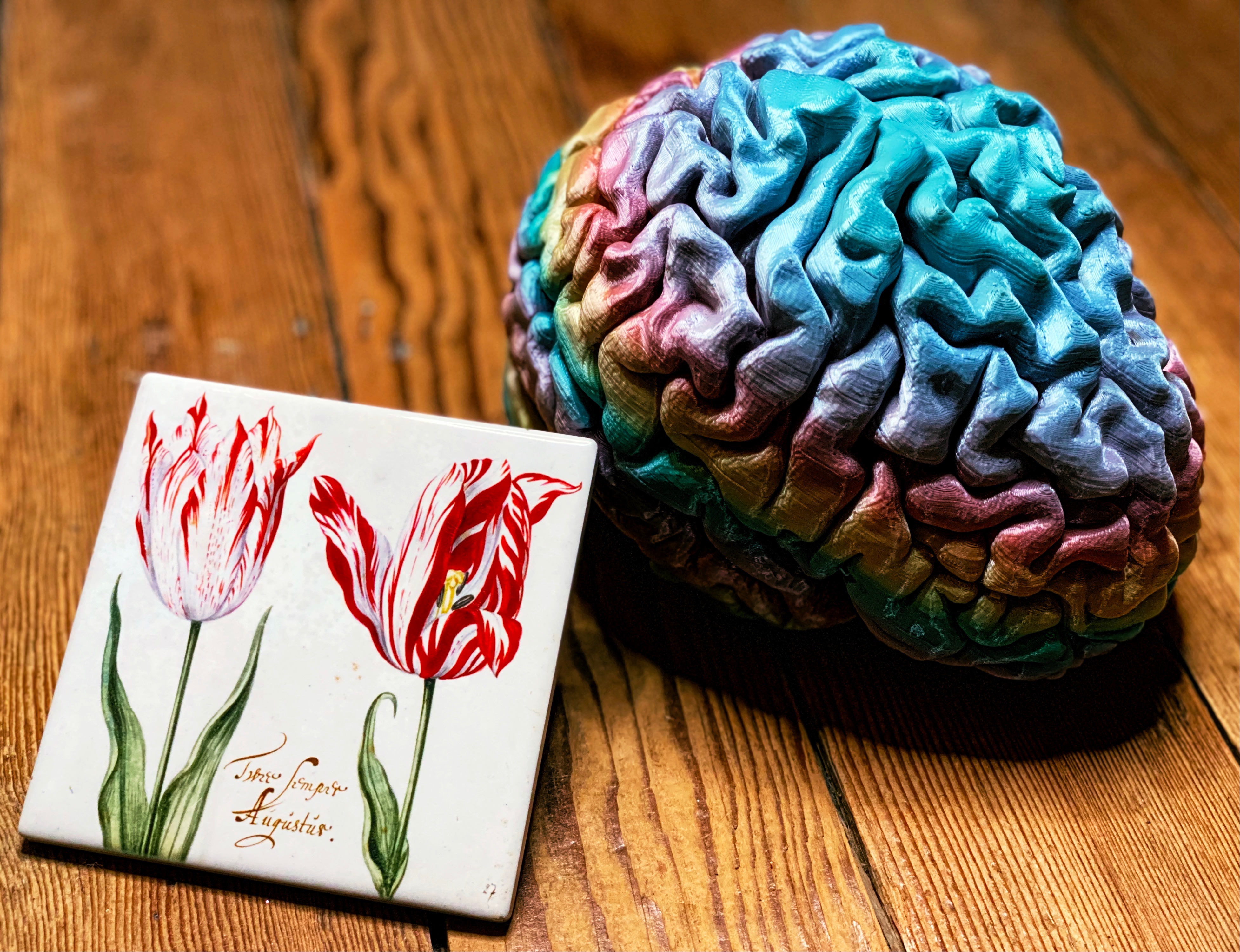
Lofty goals in the Low Countries? Maybe not so lofty – we received plenty of interest in our brief window at the brain olympiade. I myself just graduated from Radboud Universititeit, a university affiliated with the Donders Centre for Brain and Cognition, and we also received a lot of enthusiasm and stories of outreach projects from Amsterdam as well.
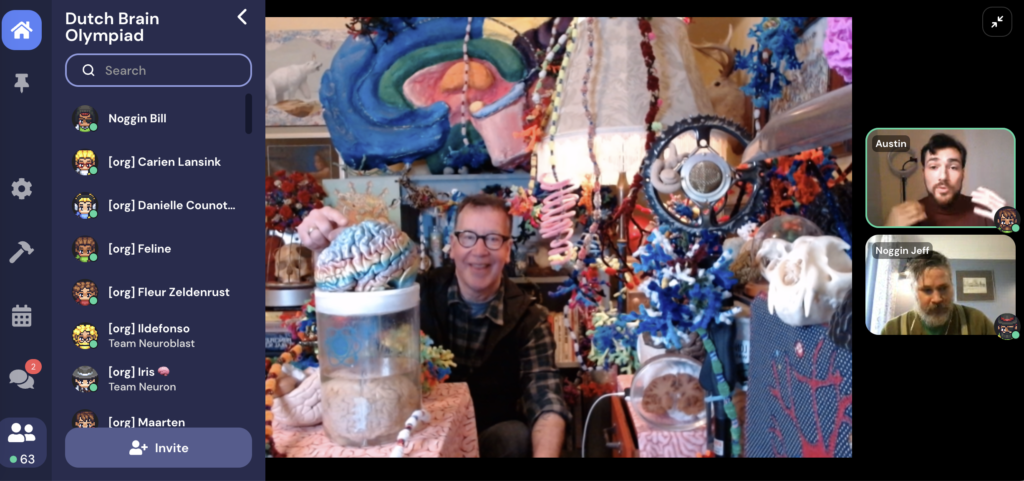
Maybe the Netherlands (and Belgium, I hope) will be the newest connections in the Noggin network. Keep up to date with Noggin and be in touch if you’d like to set up something similar in your country. It’s better to have legs than roots and it’s great to grow in connections, wherever you are.
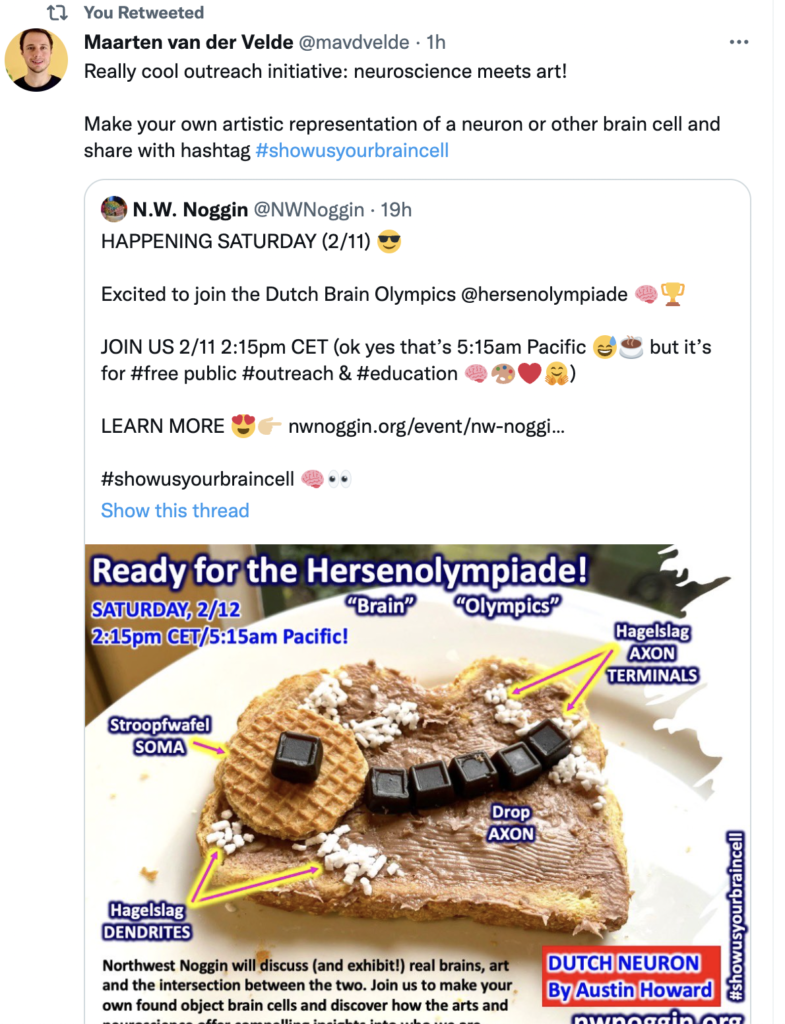
READ THE POST IN DUTCH!
Gathertown, Gathertown en hoor het verhaal van de Nederlandse Noggin
